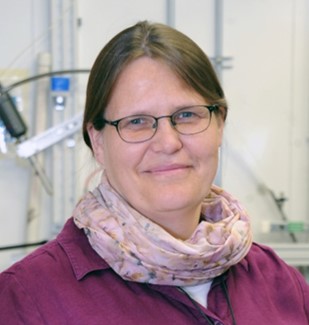|
Ivan is a beamline scientist at 9-ID (Chemical Materials Science group) working on in situ and operando small and wide angle scattering (USAXS/SAXS/WAXS). He is especially experienced with high-temperature gas flow experiments and well as high-pressure experiments. He also has experience in conducting electrochemical measurements at high temperature and liquid-flow cells.

|
Uta is the leader of the Structural Science group (sectors 11 and 17-BM) dedicated to high-energy X-ray diffraction. She has experience with a variety of in situ and operando sample environments.

|
Phil is a beamline scientist at 6-ID-B (Magnetic Materials group) working on resonant scattering experiments. He has broad experience with low temperature sample environments for single crystals including electric and magnetic fields with concurrent resistivity measurements. Currently developing cyclical slow dynamic metrology capabilities (1Hz-1MHz) and uniaxial strain control both for single crystals at low temperatures.

|



